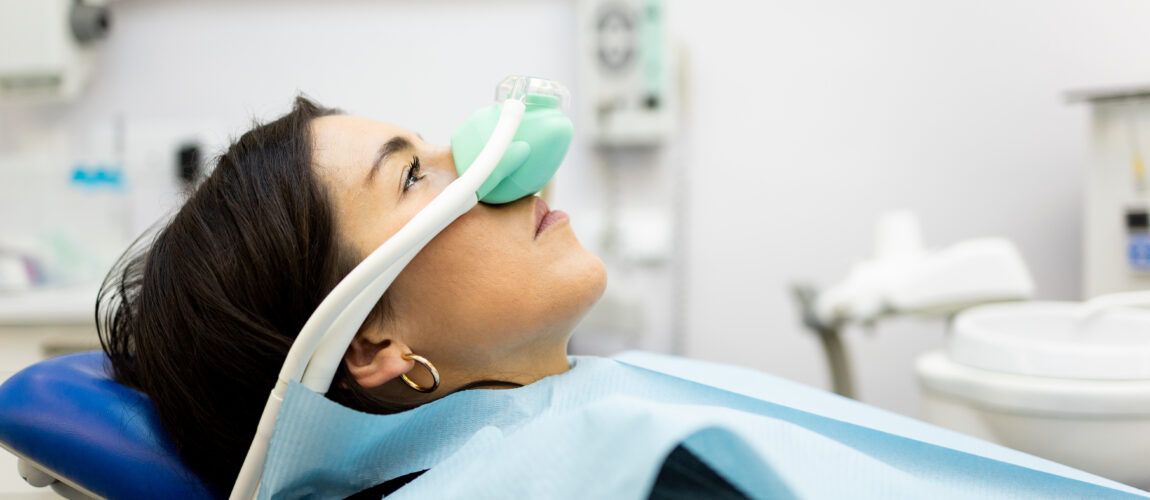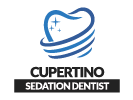For many people, going to the dentist triggers a deep sense of dread. Whether it’s the sound of the drill, the fear of pain, or a past traumatic experience, dental anxiety is surprisingly common. In fact, it’s estimated that nearly 36% of the population experiences dental fear, and about 12% suffer from extreme dental phobia.
Unfortunately, this anxiety often leads people to delay or avoid dental visits altogether, which can cause small oral health issues to snowball into more serious problems. But there’s good news: sedation dentistry offers a practical and compassionate solution that’s helping more people receive the care they need without stress or fear.
What is Sedation Dentistry?
Sedation dentistry refers to the use of medication to help patients relax during dental procedures. It’s sometimes called “sleep dentistry,” although most forms don’t actually put you fully to sleep. Instead, patients remain conscious but are deeply relaxed and often remember little about the procedure.
There are several levels of sedation available depending on the procedure and the patient’s anxiety level:
- Minimal sedation, where patients are awake but relaxed
- Moderate sedation, where speech may be slurred and memories of the procedure may be fuzzy
- Deep sedation, where the patient is on the edge of consciousness but can still be awakened
- General anesthesia, where the patient is completely unconscious
The type of sedation used is typically determined during a consultation, based on the patient’s medical history, level of anxiety, and type of treatment needed.
Who Can Benefit from Sedation Dentistry?
Sedation dentistry isn’t just for those with anxiety. It can also be incredibly helpful for individuals who:
- Have a low pain threshold
- Struggle with a strong gag reflex
- Need extensive or multiple dental procedures at once
- Have sensitive teeth
- Have difficulty sitting still for long periods
Children and individuals with special needs may also benefit from sedation to help make dental visits more manageable and less traumatic.
Types of Sedation Methods
The most commonly used sedation techniques include:
- Nitrous oxide (laughing gas): Inhaled through a small mask placed over the nose, nitrous oxide helps patients relax. It wears off quickly, allowing patients to drive themselves home afterward.
- Oral sedation: A prescribed pill, such as Halcion or Valium, is taken an hour before the appointment. It induces drowsiness, and although patients are still awake, they may feel groggy and relaxed.
- IV sedation: Administered through a vein, IV sedation works quickly and can be adjusted during the procedure. Patients are typically very relaxed and may not remember the treatment at all.
- General anesthesia: Reserved for complex or invasive procedures, this puts the patient completely to sleep and requires close monitoring throughout.
Why Sedation Dentistry Matters
Ignoring dental health because of fear can have long-term consequences. Gum disease, infections, and untreated cavities don’t just impact oral health—they can lead to systemic health issues, including heart disease and diabetes complications.
Sedation dentistry empowers patients to prioritize their health without the emotional burden that often accompanies a dental visit. It turns what might have been a stressful experience into a manageable, even forgettable one.
For those who have been putting off treatment for months or even years, sedation offers a second chance to restore their dental health without reliving the anxiety that’s held them back.
Finding the Right Provider for Sedation Dentistry
Not every dental office offers sedation, and not all sedation methods are suitable for everyone. That’s why it’s important to seek out providers who specialize in this area and take a thoughtful, patient-centered approach. The best practices will start with a comprehensive consultation to understand your concerns, medical background, and treatment goals.
Some dental offices are known for creating a calm, judgment-free environment where patients feel supported from the first call to the final follow-up. Reviews and word-of-mouth recommendations can also help identify dentists who are particularly skilled in sedation techniques and committed to patient comfort.
Taking the First Step Toward Comfortable Dental Care
Sedation dentistry is more than just a medical solution—it’s a bridge for people who have long felt isolated by fear or shame about their oral health. With the right approach, what once felt impossible can become an empowering step toward better health and confidence.
For those considering sedation dentistry and seeking a provider who understands the importance of comfort and compassion, Elgin Street Dental Centre in Cobourg, ON offers a trusted and personalized approach. To learn more about sedation options or to schedule a consultation, you can call (905) 372-0168 for more information.




